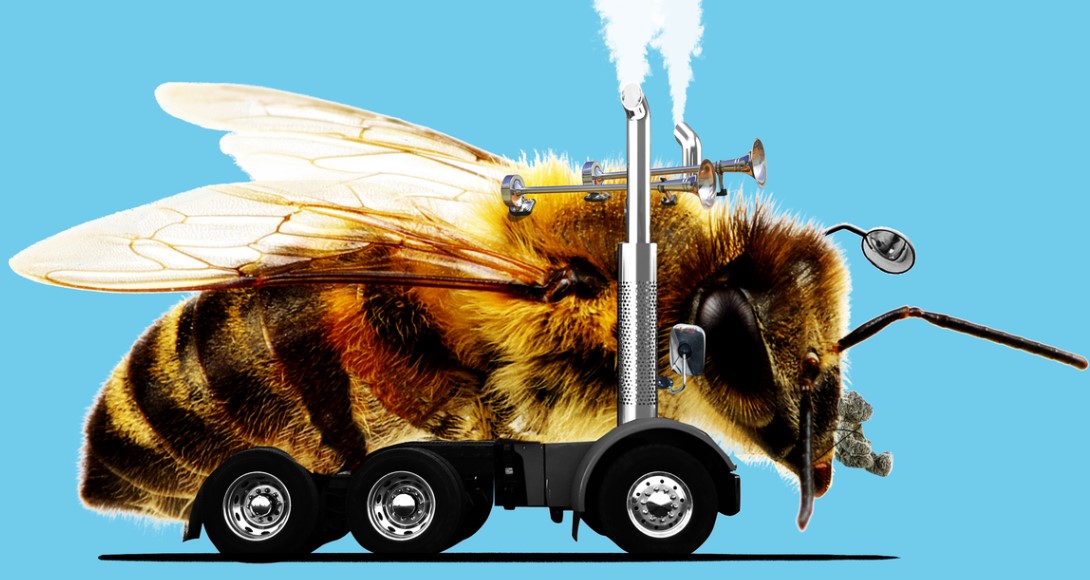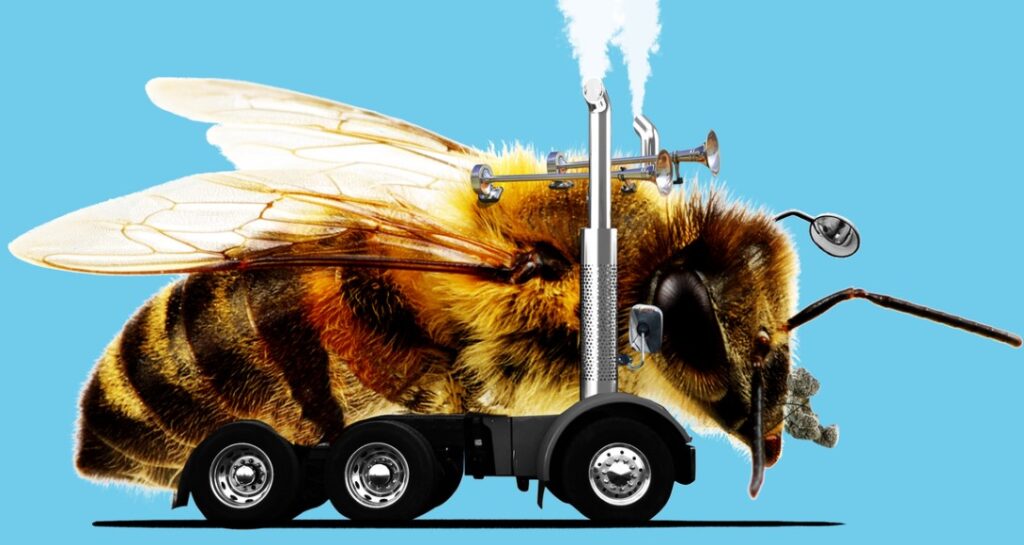

Transporting honey bees is a delicate process that requires proper planning and execution to ensure the safety of the bees and the beekeeper. Whether you are moving a hive to a new location, relocating due to seasonal changes, or delivering bees to another beekeeper, following the right transportation methods is essential. In this guide, we will discuss how to transport honey bees effectively while maintaining their well-being.
1. Plan the Transportation in Advance
Proper planning is crucial when moving honey bees. Determine the best time to transport them, ideally during early morning or late evening when bees are less active. Check the weather forecast, as extreme temperatures can stress the bees. Have all the necessary equipment ready, including a well-ventilated transport box, securing straps, and protective gear.
2. Choose the Right Transportation Method
There are different methods to transport honey bees, depending on the distance and number of hives. For short distances, a pickup truck or car trunk can be used with proper ventilation. For long-distance transportation, specialized bee trailers or trucks with temperature control are ideal. Always ensure the hives are securely placed to prevent tipping over.
3. Secure the Hive Properly
Before moving the hive, ensure it is well-secured to prevent bees from escaping. Use ratchet straps or hive carriers to keep the boxes stable. It is also advisable to close the entrance of the hive with a breathable material such as mesh or screen to maintain ventilation while preventing bees from flying out during transit.
4. Maintain Proper Ventilation
Bees generate heat, and without proper ventilation, they can overheat and suffocate. Ensure that the hive has enough airflow by using screened lids or breathable covers. If transporting in a closed vehicle, crack the windows slightly to allow fresh air circulation.
5. Minimize Vibrations and Sudden Movements
Excessive vibrations and sudden movements can stress the bees and cause agitation. Drive smoothly, avoid potholes, and take turns gently. If transporting multiple hives, arrange them in a way that prevents shifting during the journey.
6. Keep Bees Hydrated and Cool
During long trips, bees may become dehydrated. Spraying a light mist of water inside the hive before transport can help keep them hydrated. If traveling in hot weather, consider using a shade cloth to reduce direct sunlight exposure.
7. Release the Bees Safely at the New Location
Once you reach the destination, carefully unload the hives and place them in a suitable location. Open the hive entrance in the evening to allow the bees to settle. Ensure the area has food sources such as flowers and water nearby.
8. Monitor the Bees After Transportation
After transportation, check the hive for any signs of stress or harm. Look for unusual behavior, excessive dead bees, or queen loss. Provide supplemental feeding if needed and allow the colony time to adjust to the new environment.
Transporting honey bees requires careful handling and attention to detail. By following these steps, you can ensure a smooth and safe journey for your bees while maintaining their health and productivity. Whether you are a beginner or an experienced beekeeper, applying these best practices will help you transport your bees efficiently and responsibly.
